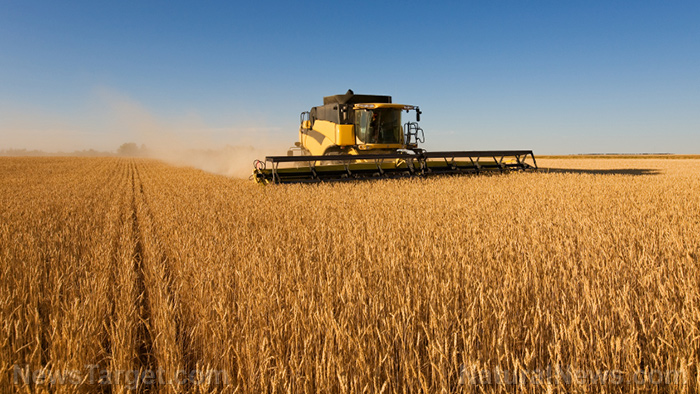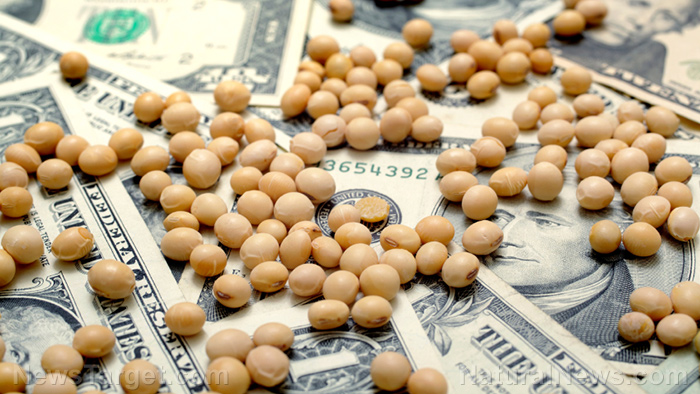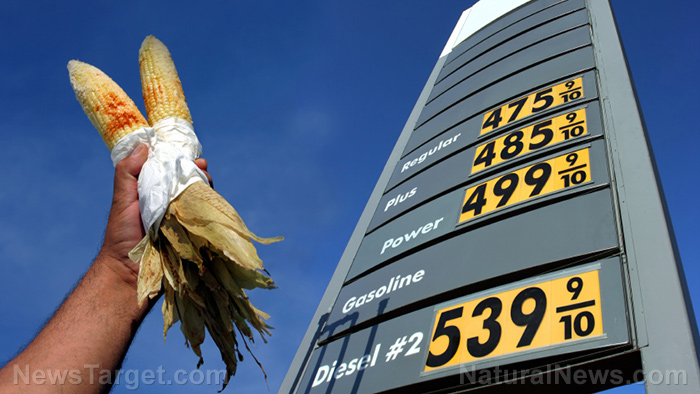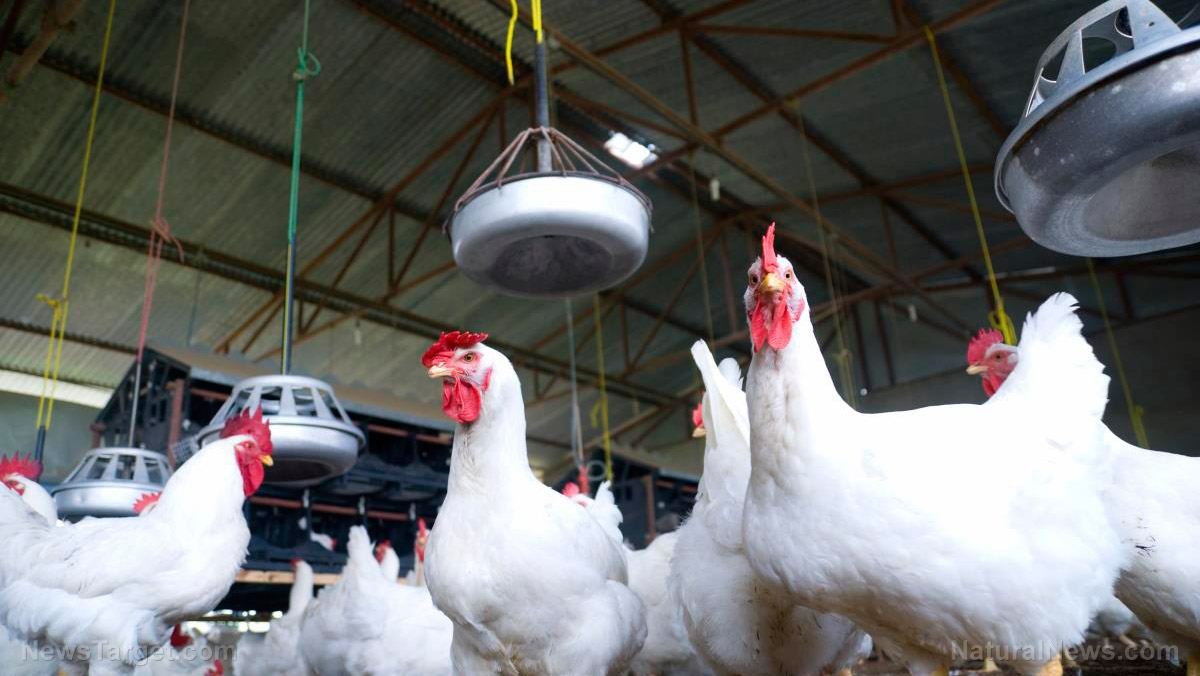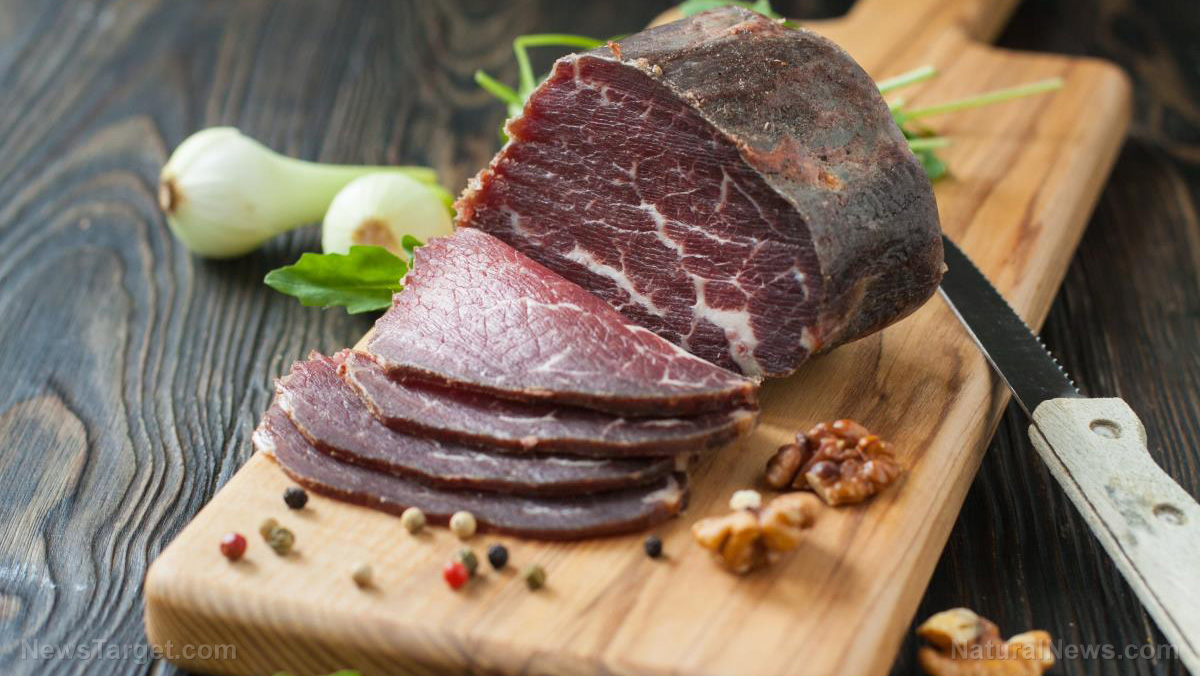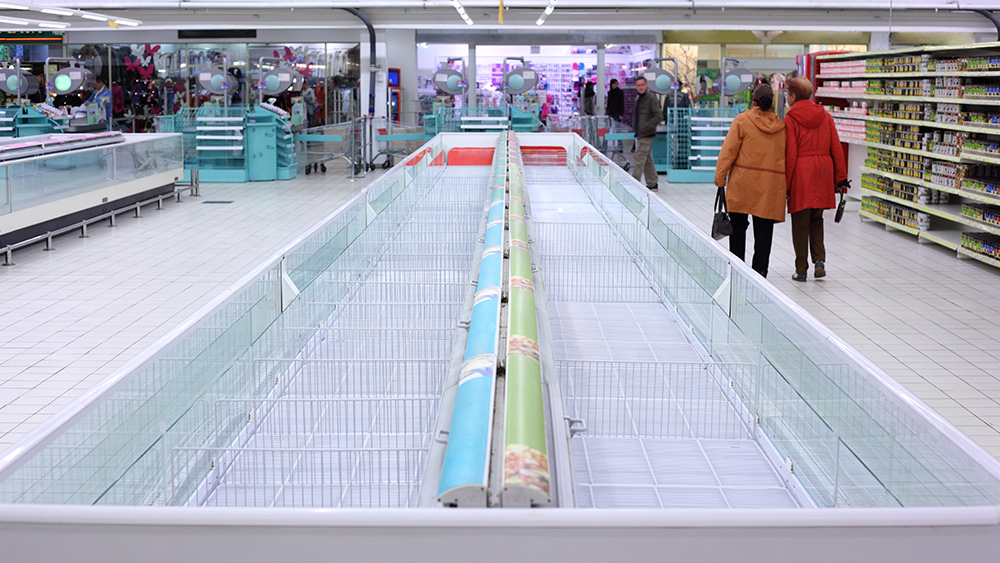INFLATION NATION: Record-high meat prices in the U.S. unlikely to recede, experts warn
03/25/2022 / By Cassie B.

Meat prices are expected to remain high in the U.S. for the foreseeable future, with one meat exec warning that strong demand paired with higher costs will keep consumers digging deep into their wallets to put beef on the table.
The chief executive of the U.S. division of the world’s biggest meat producer, Brazil’s JBS S.A., recently told investors that the high prices for American beef would be continuing in the face of strong domestic demand, lower cattle supplies and high overseas shipments.
CEO Andre Nogueira also said that although consumer inflation has now reached a 40-year high and food prices have hit record levels, consumer behavior has not yet changed much, which means prices could climb even higher to hit the threshold of demand destruction.
The strong demand for beef has enabled the company to pass the higher costs of grain onto consumers.
The firm’s overall CEO, Gilberto Tomazoni, cited higher costs for fuel, animal feed, packaging and transportation, along with labor shortages, as the main drivers of rising meat prices. He added that Russia’s invasion of Ukraine is only making the situation worse.
Consolidated earnings released this week showed a 21 percent rise in their production costs this quarter compared to a year earlier, with sales expenses climbing 40 percent.
Although these executives said that demand remains high, many American families have been scaling back their beef consumption in the wake of higher prices. There may also be record high prices for other types of meat, but switching to chicken is still helping some families save money. According to data from the Bureau of Labor Statistics, chicken breasts hit a 16-year high price per pound of $3.82 in February, a rise of 13.2 percent since last year. Nevertheless, they’re far cheaper than the $11.65 per pound price of sirloin steak and the $4.63 per pound price of ground beef.
The shift away from beef in some areas has been so dramatic that some grocers and meat wholesalers told the New York Post that they have been adjusting their purchasing to keep up with the new buying patterns.
Daniel Romanoff, the president of Nebraskaland, a meat wholesaler based in the Bronx, said: “We are seeing this shift to poultry in lower-income neighborhoods, where consumers who had more disposable income last year are now being more cautious about spending.”
He added that their chicken business had shifted to beef during the pandemic as consumers had more purchasing power, but now the reverse is being seen.
The director of meat for grocer Morton Williams, Victor Colello, told the publication that they are now purchasing 30 60-pound boxes of rib meat per week compared to the 60 boxes they needed just a few months ago to keep up with demand at their 16 New York metro stores.
Inflation is going to keep grocery prices high
The White House continues its campaign to blame all of America’s financial woes on Putin, but the reality is that we have been headed down this path for quite some time. Inflation was already soaring well before Putin’s invasion of Ukraine, a move that will only deepen what is already a dire situation for many. If Ukraine is unable to carry out its wheat planting season as usual – which is the most likely scenario at this point – shoppers can expect to see grocery bills rising even further.
Supply chain expert Dan Varroney told FOX Business: “It comes at an absolutely horrible time for American consumers because we’re looking every day at inflation almost reaching 10%. Last month’s figures were close to 8%. And that means that consumers, including those that are living paycheck to paycheck, are going to pay more for food.”
Sources for this article include:
Submit a correction >>
Tagged Under:
beef, Bidenflation, chaos, Collapse, demand, food collapse, food prices, food supply, grocery, Inflation, meat, meat costs, panic, Poultry, price increase, products, supply chain
This article may contain statements that reflect the opinion of the author
RECENT NEWS & ARTICLES
COPYRIGHT © 2017 FOOD SUPPLY NEWS






